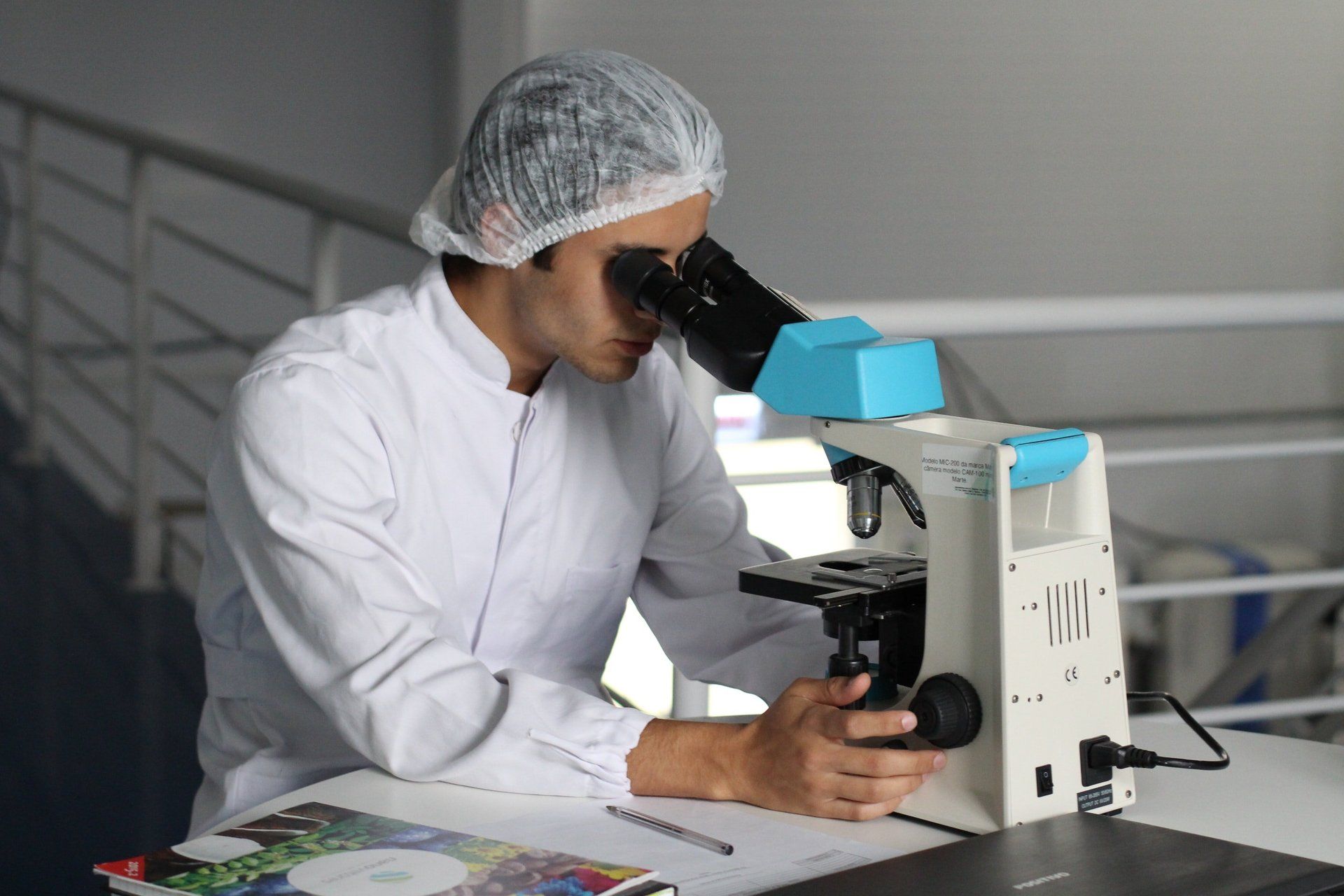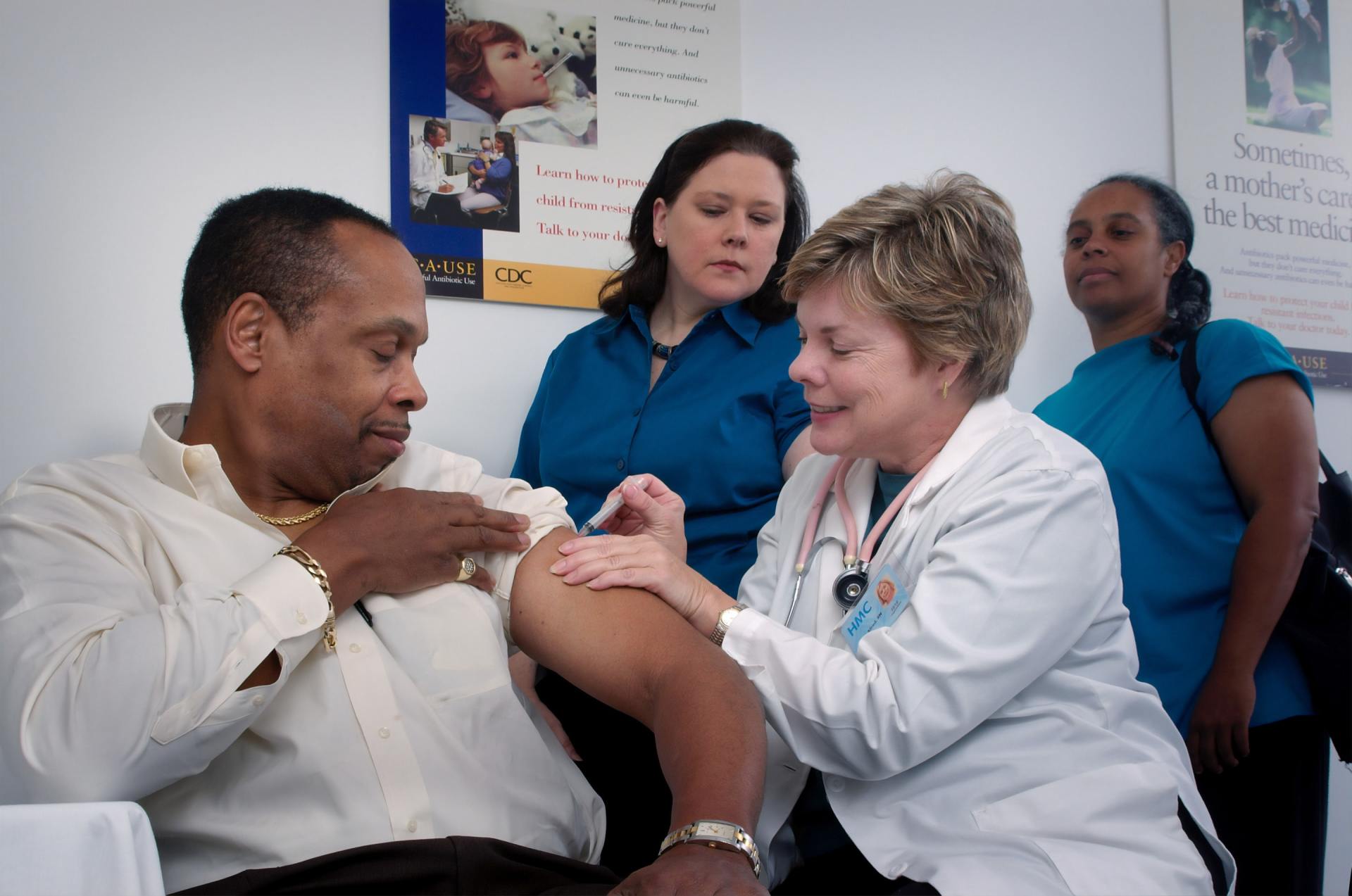Clotron HL7 Connect Replaces Conventional IPSEC Tunnels
Klotron HL7 sets up a typical Orders & Reports TCP port connection between healthcare providers in minutes with a corresponding reduction in cost and support.
The same connection can be used by the healthcare providers to meet state and federal laws along with HIPAA standards to store backup healthcare reports, images, and associated PDF.
Learn More
Learn More
Works with existing systems like Mirth VPN HUB and other gateways
Change How Healthcare Connects
Change How Healthcare Connects
Klotron HL7 sets up a typical Orders & Reports TCP port connection between healthcare providers in minutes with a corresponding reduction in cost and support.
Using “The Advanced Encryption Standard,” also known by its original name Rijndael, connections exceed all standards and are being adopted by the DOD and NSA. Using Klotron Rijndael Packet Assembly, there are no current or theorized proposals to decrypt an HL7 Order or Report.
Are changes to your network ransomed by established HL7 connections that require dedicated IP addresses and limited technical resources that need extensive training and certification? If you can create and name a folder you can create an HL7 encrypted connection. Let’s talk?
How Healthcare HL7 Messaging Works Today
Today it takes days and sometimes months to set up an IPSEC tunnel between two healthcare providers. There are in the US about four million of these tunnels. Each IPSEC tunnel carries healthcare “Orders” and “Reports” called HL7 messages. Each message looks like a text message (.hl7), and many times a .pdf document is sent. An average HL7 message is anywhere from 20kb to 100kb. To set up one IPSEC tunnel you need to involve two departments at each healthcare provider’s operation. The networking group sets up the IPSEC tunnel between each provider’s firewalls, and the Server Group sets up ports between each respective group. Firewalls are limited to allow one TCP/IP port for sending Orders and one TCP/IP port for receiving Reports. Many times this is done first with test Tunnels and Servers, doubling the work.
The blame game and phone calls can result in weeks to set up one “test” much less production tunnel. With outsourcing, you many times have two other groups involved bringing in that many more people, firms, e-mail streams, and conference calls.
Besides the complexity, cost, the requirement to keep up expensive firewalls, and the security audits and trained staff, there is a bigger unforeseen by the casual onlooker cost. HL7 tunnels have to be set up connecting from a healthcare provider’s IP address to another IP address. This IP requirement means that you cannot just move or change your Internet Provider if you do not own your IP block. If you own your IP block, making moves, changes, and disaster recovery add massive cost to the equation.
There is a replacement for all the complexity and cost; Clotron HL7 Connect
For the healthcare provider, this will seem almost impossible to believe, let me explain the process. Lab A wants to exchange Orders and Reports with Hosptial B. On Monday; Lab A installs on an internal server or appliance (it will run on Windows 10) the Clotron Connect Application. The application makes an outbound connection with the Clotron Hub facility. The link is secured. Hospital B does the same thing.
Anyone can do the next steps by simply creating matching folders call routing folders. Each folder must have a unique name; the default is a generated MAC address. Inside those folders are folders for ReportsOut, OrdersIn, Backup, and several other options. Inside an internal folder is a folder called the “Key File” folder. In that folder, both parties agree on a password from 24 to 512 characters.
A key file with the same name as the folder is generated and exchanged with a complimentary LastPass from LogMeIn client.
Files are encrypted using the Rijndael Encryption Algorithm. Pronounced rain-dahl, it is the algorithm that has been selected by the US National Institute of Standards and Technology (NIST) as the replacement for the aging Advanced Encryption Standard (AES). The files cannot be decrypted by foreign governments. Files move through the Clotron Hub in such a way that they do not remain at rest on any server or device open to any kind of attack.
The same connection can be used by the healthcare providers to meet state and federal laws along with HIPAA standards to store backup healthcare reports, images, and associated PDF.
Files are encrypted using the Rijndael Encryption Algorithm. Pronounced rain-dahl, it is the algorithm that has been selected by the US National Institute of Standards and Technology (NIST) as the replacement for the aging Advanced Encryption Standard (AES). The files cannot be decrypted by foreign governments. Files move through the Clotron Hub in such a way that they do not remain at rest on any server or device open to any kind of attack.
The same connection can be used by the healthcare providers to meet state and federal laws along with HIPAA standards to store backup healthcare reports, images, and associated PDF.
Simpler Everything
Simpler Everything
More Secure
More Secure
Less Cost
Less Cost
More Options
More Options
Get Started
Address: Street, City, State and Zip
mymail@mailservice.com




